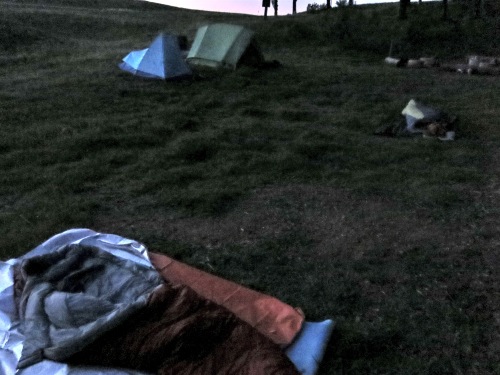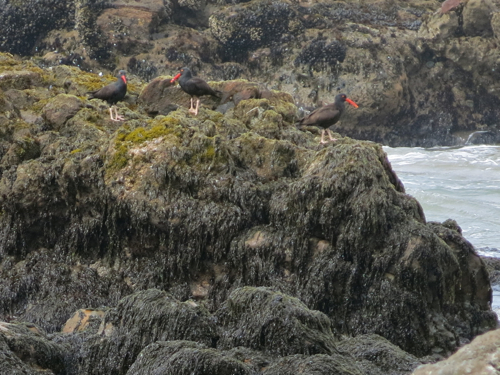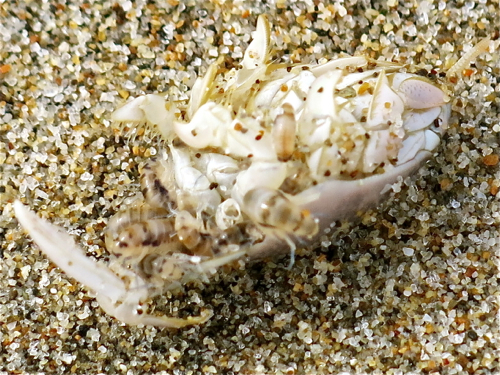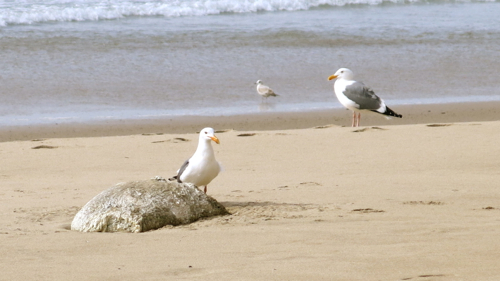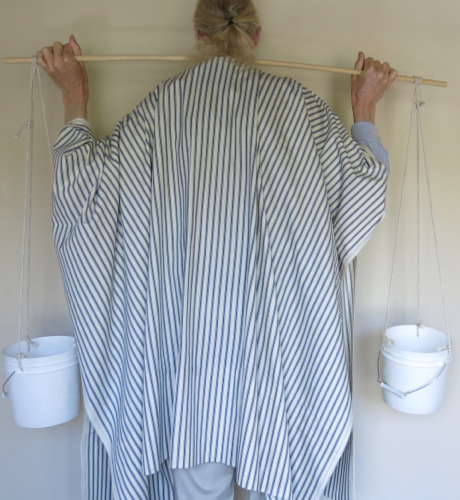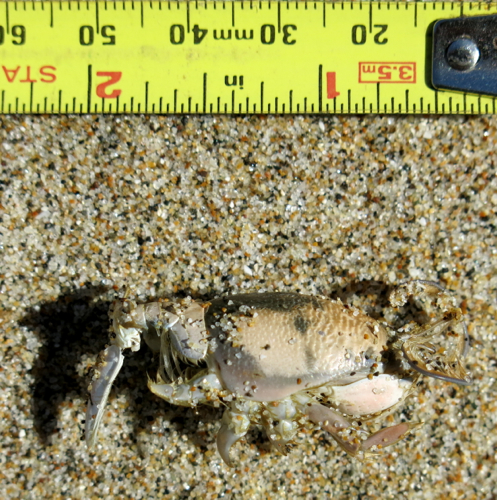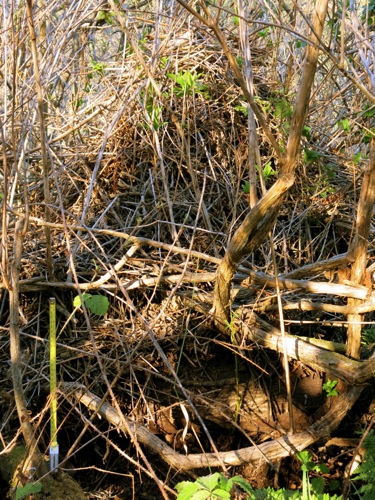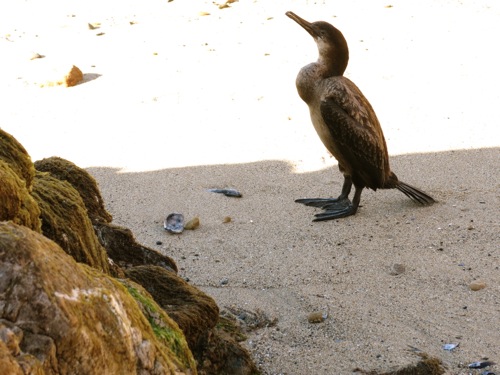Dorothy Marion Alderton — She was born in Oct., 1889, in New York to Henry A. Alderton and Marion Starr Alderton, the eldest of three children. She was a student at Stanford University from 1908-1912. On Sept. 17, 1912, when a senior at Stanford, she married Herbert Anthony Kellar of Peoria, Illinois, at her parents’ Palo Alto home, with Rev. Clarence Reed, the minister of the Unitarian Church of Palo Alto, officiating. The couple moved to Wisconsin, and then to Chicago, where Herbert worked at the McCormick Agricultural Library. They had one son, James, who died c. 1922. Dorothy was diagnosed with “dementia praecox” — what might be diagnosed as schizophrenia today — around 1924. She was institutionalized, and by 1930 Herbert was living with the woman he would eventually marry as his second wife. Herbert obtained a divorce in Reno, Nevada, on Nov. 8, 1934, but he continued correspondence with Dorothy’s mother Marion up to 1942, the year Dorothy died of cancer.
Marion Starr (Decker) Alderton — She was born in Aug., 1865, in Brooklyn, New York. In 1885, she married Henry Arnold Alderton, a physician; they lived in Berlin in 1890-91 while Henry studied at the University of Berlin. They made their home in Brooklyn, but when Dorothy entered Stanford in 1908, Marion, with her two other children, move to Mayfield with her. Henry, Sr., moved to California in 1912, and took up painting.
Marion withdrew from the Unitarian Church of Palo Alto in June, 1920, in protest against “the attitude taken” by the church in the First World War; the church had a pacifist minister, William E. Short, Jr., in 1916-1917, who resigned to work for a pacifist organization in San Francisco; but by 1918, the church had hired a pro-war minister, F=Bradley Gilman, and had voted to display a U.S. flag on the pulpit. The church’s turn towards a pro-war stand may have been simply pragmatic, since the church received significant financial assistance from the American Unitarian Association, and since the A.U.A. made it a condition of receiving such aid that churches must declare their support of the First World War; however, the church always included both anti-war (e.g., Prof. Guido Marx) and pro-war (e.g., Prof. Melville B. Anderson) members.
By 1924, her daughter Dorothy was diagnosed with schizophrenia; see Dorothy M. Alderton above. Henry, Sr., died c. 1931; Marion died after 1940.
Update: See revised biographies in the second comment below.


